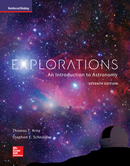1 2 3 ) and water (1 gram per cm3 )? (Note: Be sure to convert kilometers to centimeters and kilograms to grams if you are expressing your answer in grams per cm3 .)3 4 5 6 7 8





